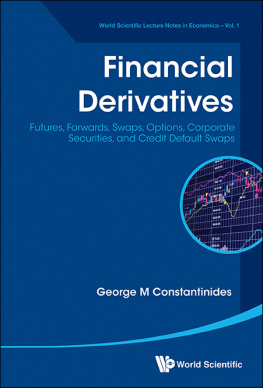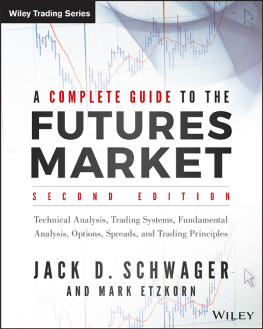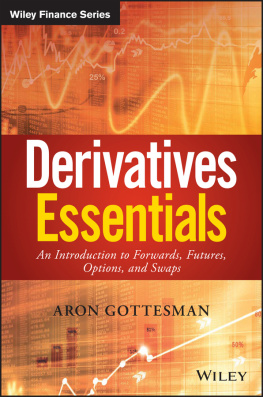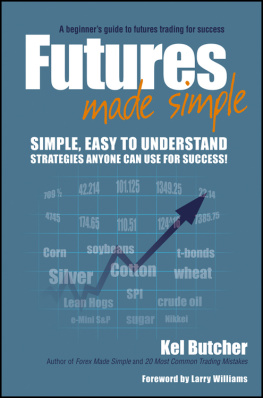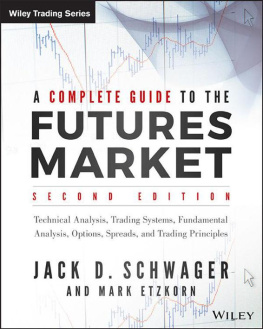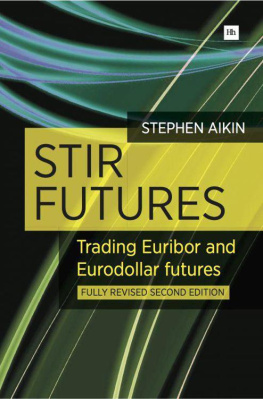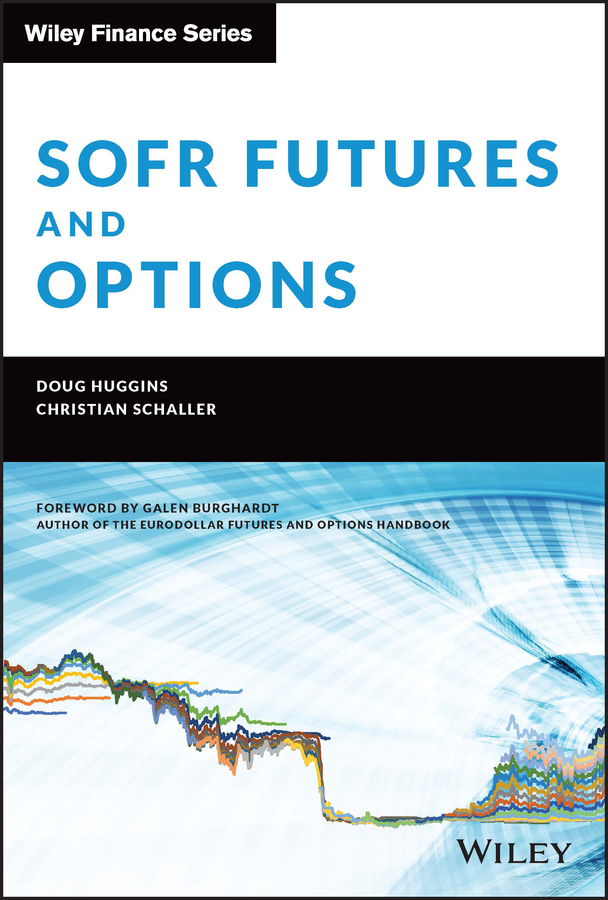
Table of Contents
List of Tables
- Chapter 2
- Chapter 3
- Chapter 4
- Chapter 5
- Chapter 6
- Chapter 7
- Chapter 8
- Chapter 9
- Chapter 10
List of Illustrations
- Chapter 1
- Chapter 2
- Chapter 3
- Chapter 4
- Chapter 5
- Chapter 6
- Chapter 7
- Chapter 8
- Chapter 9
- Chapter 10
Guide
Pages
Founded in 1807, John Wiley & Sons is the oldest independent publishing company in the United States. With offices in North America, Europe, Australia, and Asia, Wiley is globally committed to developing and marketing print and electronic products and services for our customers' professional and personal knowledge and understanding.
The Wiley Finance series contains books written specifically for finance and investment professionals as well as sophisticated individual investors and their financial advisors. Book topics range from portfolio management to e-commerce, risk management, financial engineering, valuation, and financial instrument analysis, as well as much more.
For a list of available titles, visit our Web site at www.WileyFinance.com.
SOFR Futures and Options
A Practitioners Guide
DOUG HUGGINS
CHRISTIAN SCHALLER

Copyright 2022 by Doug Huggins and Christian Schaller. All rights reserved.
Published by John Wiley & Sons, Inc., Hoboken, New Jersey.
Published simultaneously in Canada.
No part of this publication may be reproduced, stored in a retrieval system, or transmitted in any form or by any means, electronic, mechanical, photocopying, recording, scanning, or otherwise, except as permitted under Section 107 or 108 of the 1976 United States Copyright Act, without either the prior written permission of the Publisher, or authorization through payment of the appropriate per-copy fee to the Copyright Clearance Center, Inc., 222 Rosewood Drive, Danvers, MA 01923, (978) 750-8400, fax (978) 750-4470, or on the web at www.copyright.com. Requests to the Publisher for permission should be addressed to the Permissions Department, John Wiley & Sons, Inc., 111 River Street, Hoboken, NJ 07030, (201) 748-6011, fax (201) 748-6008, or online at http://www.wiley.com/go/permission.
Limit of Liability/Disclaimer of Warranty: While the publisher and author have used their best efforts in preparing this book, they make no representations or warranties with respect to the accuracy or completeness of the contents of this book and specifically disclaim any implied warranties of merchantability or fitness for a particular purpose. No warranty may be created or extended by sales representatives or written sales materials. The advice and strategies contained herein may not be suitable for your situation. You should consult with a professional where appropriate. Further, readers should be aware that websites listed in this work may have changed or disappeared between when this work was written and when it is read. Neither the publisher nor authors shall be liable for any loss of profit or any other commercial damages, including but not limited to special, incidental, consequential, or other damages.
Neither the authors nor the publisher are affiliated with the New York Fed. The New York Fed does not sanction, endorse, or recommend any products or services offered by the authors or the publisher.
For general information on our other products and services or for technical support, please contact our Customer Care Department within the United States at (800) 762-2974, outside the United States at (317) 572-3993 or fax (317) 572-4002.
Wiley also publishes its books in a variety of electronic formats. Some content that appears in print may not be available in electronic formats. For more information about Wiley products, visit our website at www.wiley.com.
Library of Congress Cataloging-in-Publication Data is Available:
ISBN 9781119888949 (Hardback)
ISBN 9781119888963 (ePDF)
ISBN 9781119888956 (epub)
Cover Design: Wiley
Cover Image: Graph by Doug Huggins and Christian Schaller from data Courtesy of CME, (background) Digital_Art/Shutterstock
Foreword
by Galen Burghardt
February 2022
Writing this foreword is a little like writing an obituary for a dear friend. LIBOR, and the Eurodollar futures and options contracts that have been tied to it for nearly 40 years, will be put to bed soon. And so ends a remarkable era of financial innovation that transformed the world of interest rate risk management and academic research.
Still, if you're reading this Foreword, chances are that SOFR, and its related futures and options contracts, have made the competitive cut and are serving as replacements for my old friends. So let's spend the next few paragraphs reflecting on what we've learned.
I think I can be most helpful by recounting some of the reasons the Eurodollar futures contract helped to revolutionize the world of banking and finance. And by finance, I mean both applied and academic.
A LITTLE BIT OF HISTORY
First, it's worth remembering that at the time Eurodollar futures were first listed in the 1980s, there had never been a futures contract that cash settled to an abstract concept. In talking with Rick Kilcollin, who was largely responsible for the contract's design, I learned that the LIBOR market in the early 1980s was thin, and that the development of an index that could capture a relevant financing rate and resist attempts at manipulation was still unfinished. With that in mind, what the Chicago Mercantile Exchange (CME) devised was an ingenious survey in which banks of whatever credit rating were not asked what rate they were paying for interbank funds in London. Instead, they were asked to provide the rate at which they perceived funds were offered to prime quality banks. This, combined with the practice of throwing out the high and low responses, produced a survey outcome with an astonishing degree of agreement.
Second, it's worth remembering that when the contracts were first listed, they were the runty cousins of the certificate of deposit contract. A special, and less expensive, membership was created by the CME for trading the contract, which took place in a small corner of the CD pit. I may have made up this story, but I recall someone saying that Fred Arditti, who was the CME's head of research at the time, would visit the pit each day and come back saying, I die a little each day when I see how little is going on there.
Then all hell broke loose. Continental Illinois, whose CDs were deliverable into the CD futures contract (and whose motto was We will find a way) suffered some substantial loan losses and took a hit to its credit rating. It didn't take long for the market to start worrying about credit risk in the deliverable instrument and to look elsewhere.
At the same time, the interest rate swaps market was beginning to take hold and grow, and the Eurodollar futures market was poised perfectly to go along for the ride.
A REVOLUTION IN FINANCE
Eurodollar futures proved to be a financial engineer's dream tool. In the 1980s, the idea of zero-coupon bonds was largely found in textbooks. As was the idea that one could break up the yield curve into three-month (3M) segments and use those segments to study yield curve behavior and the sensitivity of one's financial position to each of those segments.
Next page

